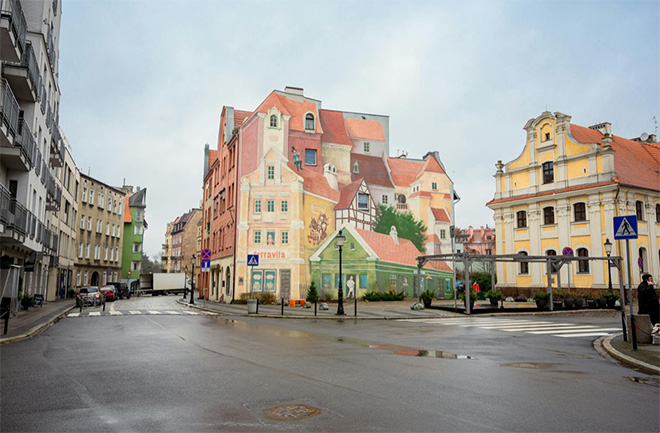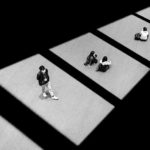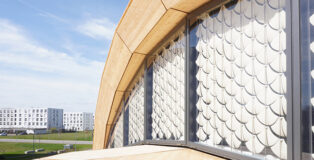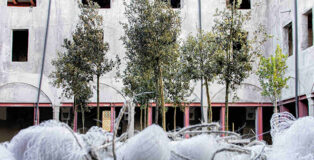How students can use photography to document and analyze architectural design
Redazione Art-Vibes | On 26, Ago 2024
Some tips to optimize the process of generating photographs in the architectural design sector.
di Redazione Art Vibes
Taking photos is a very helpful step if you need to analyze architectural design. It will be especially useful if you will take those photos yourself. You don’t need to have any professional equipment. A camera on your smartphone will be more than enough for this task.
You can disagree and say that photos of almost any building can be found online today. In addition, you can use Google Maps to visit a majority of places even without leaving home. So why take pictures by yourself?
Let’s be honest: If you’re not invested in doing this task well, you might not need to. Not all students are excited about their specialty, and those who aren’t often just want to finish their homework somehow.
It’s like writing help—if you don’t need any quality, you can find any ready text on the web; but if you need a personal approach, you use services like customwritings.com. And if you feel that you have chosen the right specialty and really want to learn, we have a few useful thoughts for you.
Even The New York Times suggests learning from the photos. So why don’t you follow their advice and make your architectural design analysis deeper and more enjoyable? At first, you need photos. If you go and take pictures, you will have more experience. Seeing something in a photo and seeing with your own eyes are two different things. Even though later pictures will be very useful for recalling the building in mind, you have to see it at first.
A more practical moment is that you need to take photos of the different sides of the building for your analysis. To come back home confident that you have all the necessary pictures, you need to take three types of shots:
– Exterior shots: facade, massing, context
– Interior shots: spatial layout, materials, lighting
– Detail shots: unique features, textures, craftsmanship
As you can see, for a deep and detailed analysis, you need much more than online pictures, and Google Maps views can offer you. Let’s imagine that you came to the building, observed it from different angles, took all the necessary photos, and went back home to the campus or any other place you have. What are your next steps?
Composition and framing to highlight design principles
Analyze the building with attention to the following rules and aspects:
1. Rule of thirds: Placing key elements along imaginary grid lines
2. Leading lines: Using natural lines in architecture to guide the viewer’s eye
3. Symmetry and balance: Showcasing architectural symmetry or asymmetrical balance
4. Negative space: Utilizing empty areas to emphasize architectural forms
5. Framing within the frame: Using architectural elements to create natural frames
6. Scale: Including human figures or familiar objects to convey building size
7. Repetition and patterns: Highlighting recurring design elements
8. Contrast: Juxtaposing different materials, textures, or structural elements
These points can be enough for you to have a deep analysis of the architectural design. However, if your instructions ask for something more, you have the next list to use.
Using different angles to understand spatial relationships
You can use the following list to expand your analysis:
1. Corner shots: Revealing multiple facades and their intersection
2. Perspective shots: Showcasing depth and spatial progression
3. Straight-on facade shots: Documenting proportions and symmetry
4. Interior panoramas: Capturing the flow between spaces
5. Through-views: Photographing from one space into another
6. Elevation comparisons: Shooting multiple floors to show vertical relationships
Except for the listed points, there are also bird’s eye view and worm’s eye view. The first mentioned can be hard to take without special efforts, and sometimes even without special equipment. The second mentioned is easier. It’s up to you (or instructions for your homework) if you want to include these points in your list.
Another benefit of taking pictures is that you can use them to make presentations. Even if your task didn’t imply that, and you needed only to write down the analysis, a presentation can always give you extra points.



































Submit a Comment